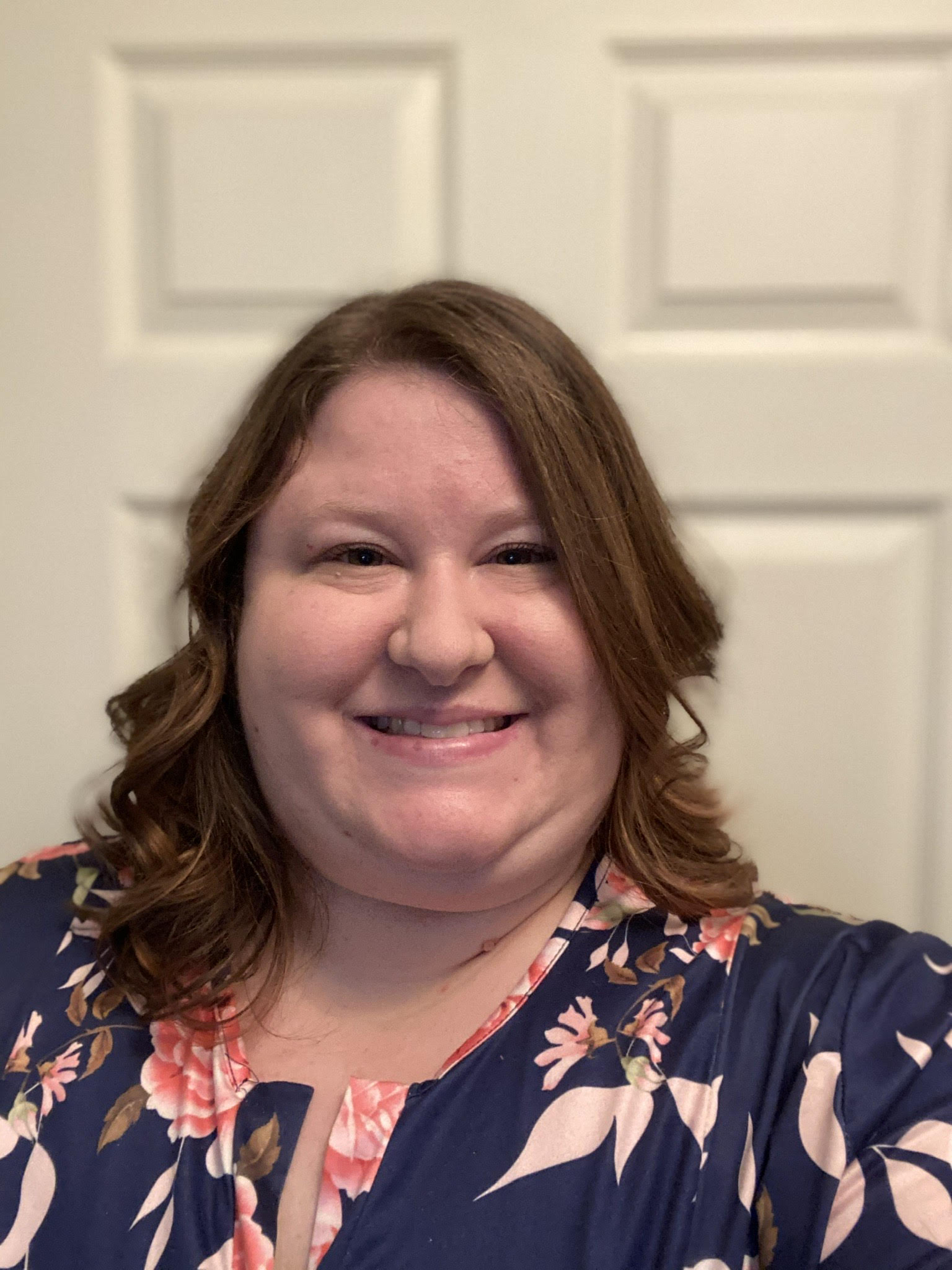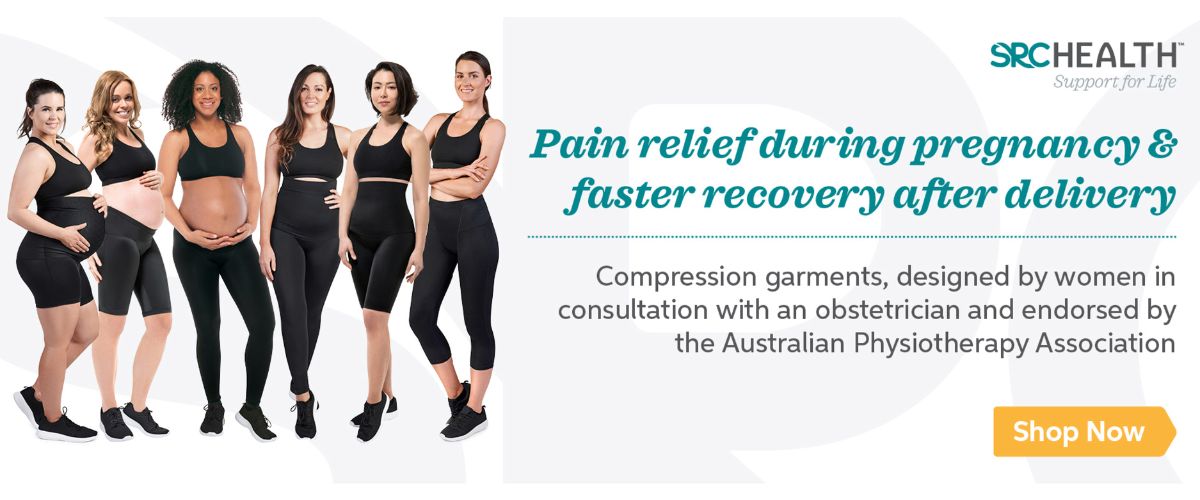Physical therapists need to bridge the gap between Orthopedics and Pelvic Health
In the 15 years that I have been a PT, most of my orthopedic PT peers have failed to bridge the gap between orthopedics and pelvic health. I am on a mission to do just that.
I treated my first pregnant patient a few years after graduating from PT school. I had already taken continuing education for the sacroiliac joint in my first year out of school and had been practicing manual therapy and doing focused core strengthening on this area for years. When I saw a pregnant patient on my schedule, I knew my manual therapy skills would be beneficial, but I felt unsure about specific pregnancy needs during PT. I remember this knowledge gap felt uncomfortable at the time, but I had found some basic continuing education to help. After learning more about pregnancy PT specifics, I started working with more pregnant patients and fell in love with the ways I could help support women through the mechanical changes in their bodies. I became the pregnancy PT at my clinic.
A job change in 2018 connected me the Pelvic Health team in my new hospital system. I learned real time ultrasound for identifying Transverse Abdominis (TA) activation, and utilized a transabdominal approach to see pelvic floor structures – new terrain for me. I learned about the pelvic floor elevator and Reverse Kegels, and started to focus on teaching my patients about the importance of the abdominal canister. I started seeing so much benefit from this form of neuromuscular re-education with my patients. It was such a positive step up in my patient teaching when I felt I had more control with giving cues to activate the TA, and patients were starting to understand the concept of abdominal tensioning so much better. But I also questioned why most of the other orthopedic PTs I’d worked with didn’t focus on these things as much as I did. Why was pelvic health PT so far removed from orthopedic PT?
Since my pregnancy and postpartum caseload had been growing, I realized the importance of being more skilled with this population. I took my first Academy of Pelvic Health PT webinar for Fundamental Topics of Pregnancy & Postpartum Physical Therapy. It was so amazing that I took the Advanced and Intrapartum webinars, and then completed the labs. Now, I am fearless while working with my pregnant and postpartum patients…. Except, if I suspect pelvic floor dysfunction, and I am acutely aware that there are still so many things I do not know enough about to help my patients. With long wait lists for pelvic health PT, and the need for greater coordination of care, why can’t I tackle these needs? But I also know my limits.
I have kept working closely coordinating care with the pelvic health PT team. They refer patients to me who have increased musculoskeletal complaints or need more frequent core strengthening, and I ask for consults if I suspect a patient’s SI dysfunction is more closely related to pelvic floor muscle involvement, or there are signs of incontinence or prolapse. I worked with the pelvic health PT team to create a screening tool to assess for pelvic health needs and it works great for my orthopedic patients, helping to identify needs that were previously not discussed.
My career has been filled with so much more growth than I could have ever expected. When I started collaborating with the pelvic health team, I considered a move to pelvic health PT. But the specialty felt so foreign because the gap between orthopedics and pelvic health has always felt so large. I’ve learned it’s really not. Orthopedic PTs can do so much with external techniques and education. We can do more to understand pelvic structures, and screen our patients with back, hip, and SIJ pain for pelvic health needs. There will always be patients who aren’t aware this specialty even exists in physical therapy.
I am now so excited to start filling my pelvic health PT knowledge gaps beginning in October with PH1. I’m proud of my journey as an orthopedic clinician, but I know this next step to cross the gap will be so important. I’m confident this education will help me be a more holistic clinician.

Author: Allison Waddell, PT, DPT, Orthopedic Clinical Specialist
Author Bio: Allison Waddell is an orthopedic physical therapist in Richmond, VA. She earned her B.S. in Medical Biology from University of New England, and her DPT from Virginia Commonwealth University in 2008. She received her OCS in 2015. Along with her work with in orthopedics, she specializes in work with pregnancy/postpartum and cancer patients. She is beginning training in Pelvic Health at the end of 2023.
Thank You to Our 2023 Fall Symposium Sponsor, SRC Health!



